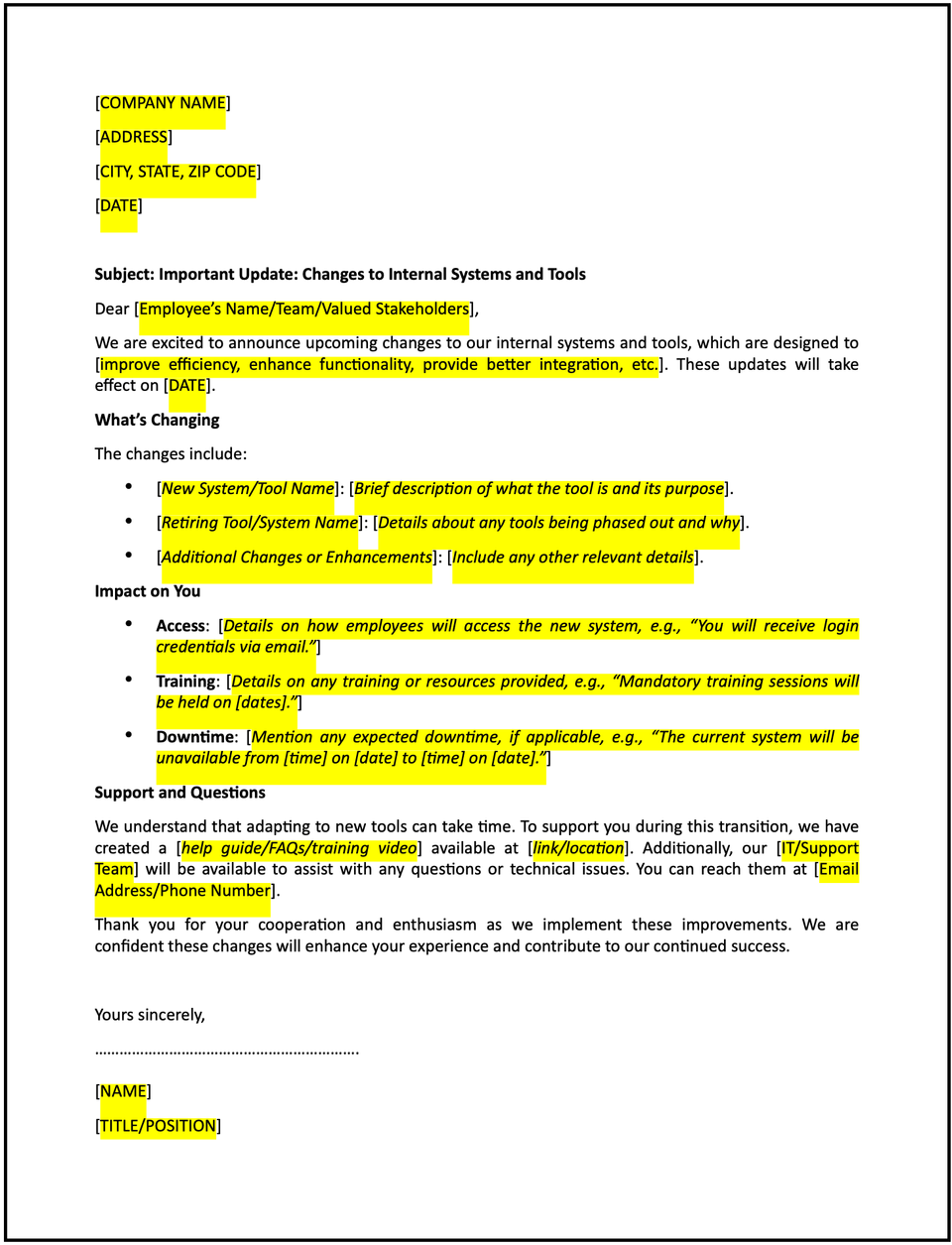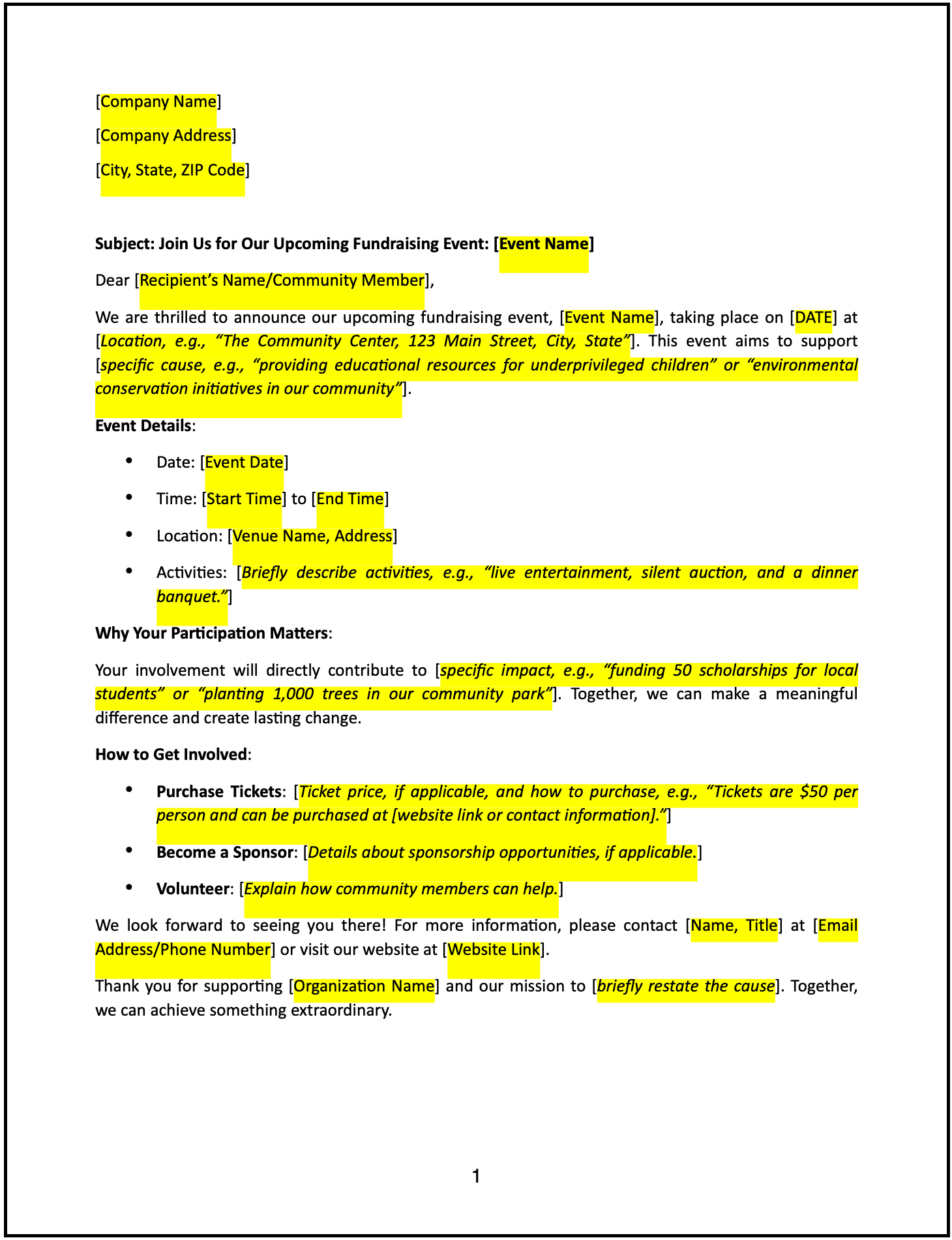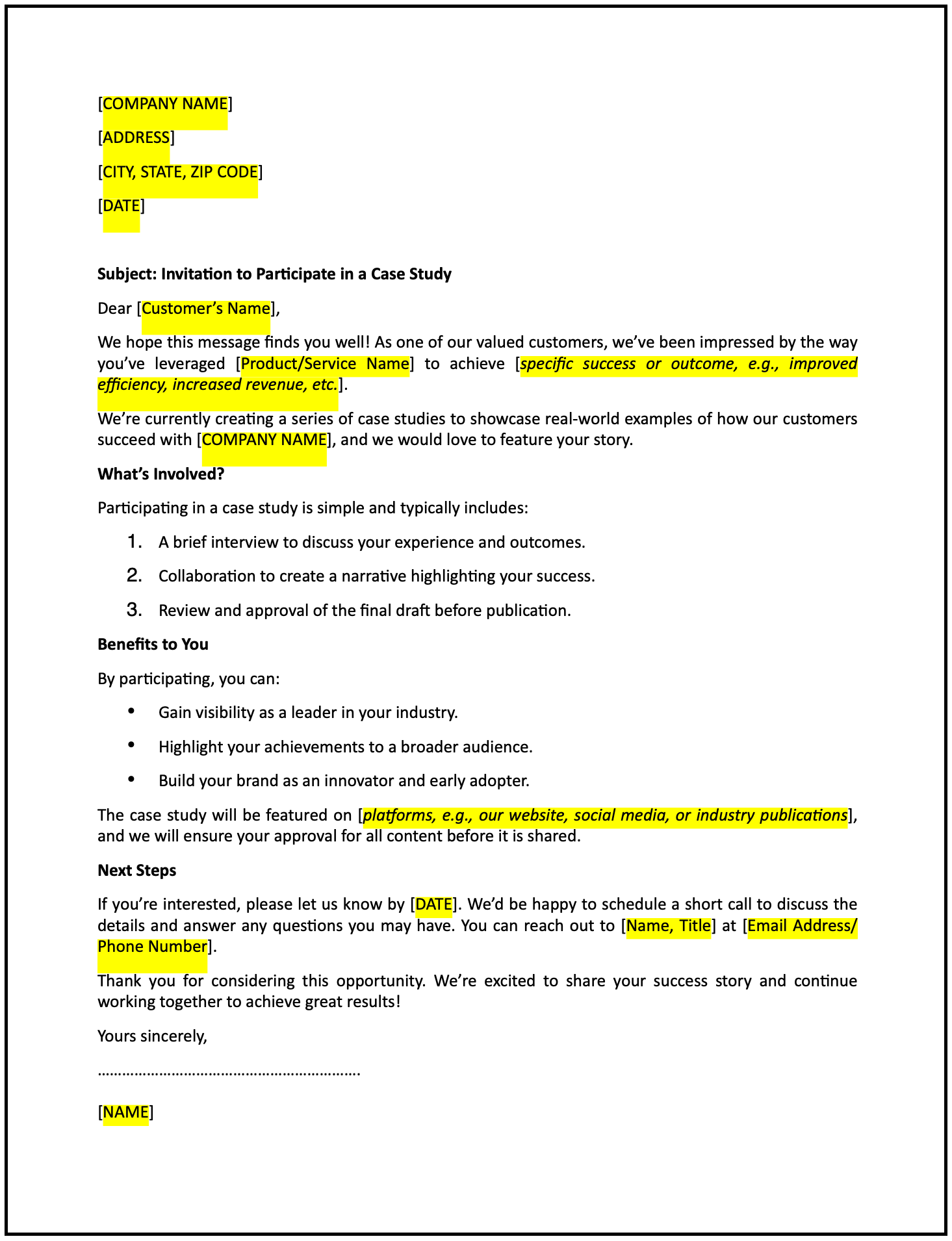Letter of changes to internal systems and tools: Free template

Letter of changes to internal systems and tools
A notification letter of changes to internal systems and tools is a formal communication used to inform employees about updates, upgrades, or replacements of systems and tools they use. This letter outlines the purpose of the changes, key details, and instructions for a smooth transition, ensuring transparency and engagement.
How to use this letter of changes to internal systems and tools
- Open with an introduction: Address employees respectfully and explain the purpose of the letter—to announce changes to internal systems and tools.
- Provide context: Briefly describe the reason for the changes, such as improving efficiency, updating outdated systems, or enhancing user experience.
- Specify the changes: Clearly outline what systems or tools are being updated, added, or replaced, and highlight key features or improvements.
- Include implementation details: Provide the timeline for the changes, including start and end dates, downtime (if any), and key milestones.
- Offer guidance: Share instructions on accessing and using the new or updated systems and tools, including training sessions or user guides if applicable.
- Reassure employees: Emphasize how the changes will benefit them and address potential concerns about disruptions or adjustments.
- Maintain a professional tone: Ensure the letter is clear, respectful, and supportive.
- Provide contact information: Include details for employees to reach out with questions, concerns, or technical support needs.
Benefits of using a letter of changes to internal systems and tools
This letter ensures a structured and professional way to communicate system updates while fostering engagement and understanding among employees. Here’s how it helps:
- Promotes transparency: Clearly outlining the changes and their purpose builds trust and minimizes confusion.
- Reflects professionalism: A well-crafted letter demonstrates respect and attentiveness to employee needs.
- Encourages adaptability: Providing clear guidance helps employees adjust to the changes with confidence.
- Supports productivity: Informing employees in advance ensures minimal disruptions during the transition.
- Strengthens communication: A proactive approach reinforces open and effective dialogue between leadership and employees.
Tips for writing an effective letter of changes to internal systems and tools
- Be specific: Clearly describe the systems or tools being changed, the reasons for the changes, and the timeline for implementation.
- Use professional language: Maintain a respectful and informative tone to encourage engagement.
- Highlight benefits: Emphasize how the updates will improve workflows or address existing challenges.
- Provide actionable steps: Include instructions for accessing resources, training, or technical support.
- Keep it concise: Focus on the key points while ensuring the tone is clear and supportive.
Frequently asked questions (FAQs)
Q: What details should I include in this letter?
A: Include the systems or tools being updated, the reasons for the changes, the implementation timeline, and instructions for employees.
Q: Should I personalize the letter?
A: Yes, addressing employees collectively or by department ensures clarity and demonstrates attentiveness.
Q: Who typically sends this letter?
A: IT managers, department heads, or HR representatives usually send this letter.
Q: How formal should this letter be?
A: The tone should be professional yet approachable, focusing on clarity and encouragement.
Q: When should this letter be sent?
A: Send the letter well in advance of the changes to allow employees sufficient time to prepare.
Q: Can this letter include links to training materials?
A: Yes, providing links to training sessions or user guides ensures employees have the resources they need.
Q: Is acknowledgment from employees required?
A: While not mandatory, encouraging acknowledgment ensures employees are aware of the changes and can plan accordingly.
This article contains general legal information and does not contain legal advice. Cobrief is not a law firm or a substitute for an attorney or law firm. The law is complex and changes often. For legal advice, please ask a lawyer.


